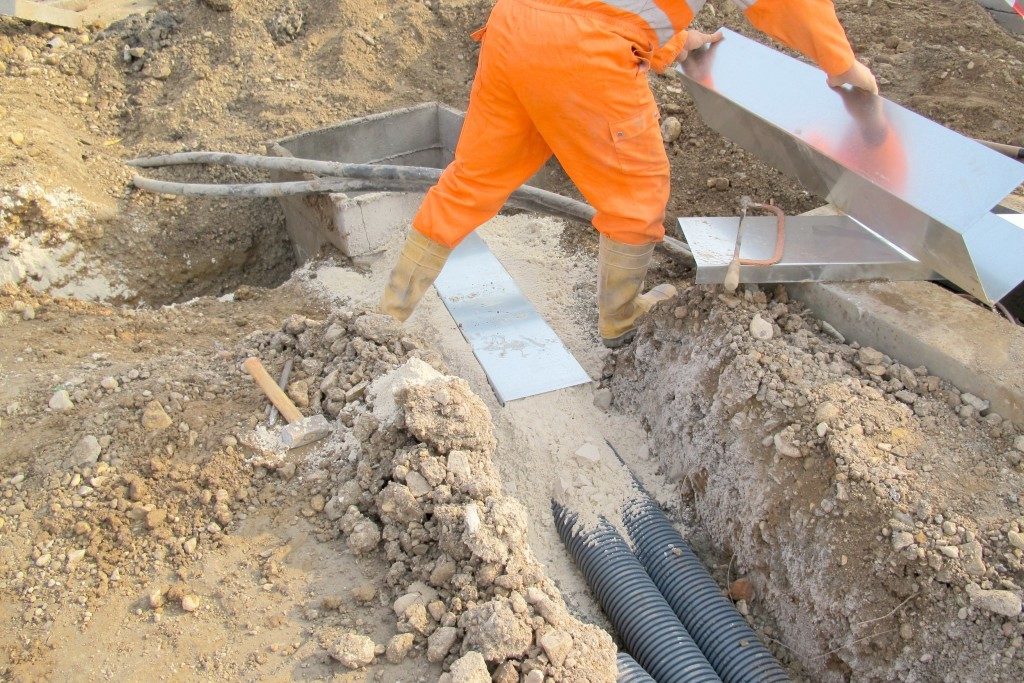Having problems with the balance and stability of your land? Perhaps it’s time to have it reinforced through soil nailing. This is a practice utilized to protect and enhance the stability of portions of land in areas that are susceptible to landslides and other issues linked to instability and lack of compactness. But, how exactly does soil nailing work?
In Action
The soil nailing method, as previously stated above, provides better soil stability and strength by increasing the load capacity of the land where you’re building your structure. This method can prevent landslides through the application or insertion of reinforced steel bars in the soil to act similarly to nails, and then attaching them to the soil layers.
To be more specific, the steel bars are pushed inside excavated soil in a horizontal angle, while observing a precise distance from each other to create an efficient system that promotes soil stabilization and strengthening.
This helps prevent natural slopes in the soil to result in uneven support, which can potentially cause danger and damage to your structure. With the help of brilliant civil engineers and their team, this method can be easily done, allowing a lot of structures to have stable foundations through the incorporation of this gravity-retaining system.
Soil nails are not just there to prevent avalanches and landslides in high-risk locations. This method is also being used in repairing retaining walls, supporting excavation sites, stabilizing ridges, and stabilizing soil slopes.
When and How?
 The need for soil nailing may come into the picture after you take or apply for a soil testing services investigation. The soil investigation report will show and determine the chemical and physical status of the soil, and whether it is suitable for the type of construction projects that will take place in the area.
The need for soil nailing may come into the picture after you take or apply for a soil testing services investigation. The soil investigation report will show and determine the chemical and physical status of the soil, and whether it is suitable for the type of construction projects that will take place in the area.
The soil testing and soil nailing processes are often performed by the same service provider, thus you don’t have to worry about paying separate bills. So what exactly can you expect after the report? Well, if the status of your soil or land is not appropriate for construction, the building project will not be allowed to take place. Regulations vary, though, so check the rules and restrictions with your local municipality, especially if you live in the UK.
Advantages of Soil Nailing
Generally speaking, soil nailing is less destructive during the construction and to the site itself because the installation procedure is fast and the materials used are not harmful. Its service providers will ensure that their customers will be able to maximize the most economical solutions available. Accordingly, what are the advantages of having soil nailing conducted in your land? Here are several of its benefits:
-
- Installation is faster than other earth retention methods
- Walls can be built easily in remote areas
- Requires smaller equipment pieces
- Has less wall-facing regulations or requirements
- Produces less impact on surrounding structures because the vibrations are a lot fewer
- The versatility of the system makes soil nailing an efficient solution or incident response in cases of seismic activity
- Can withstand soil softening due to heavy rainfall
With that, if you think that your land is in need of soil nails, you may want to contact the nearest service provider in your area today and ask for an estimate of the total cost.

